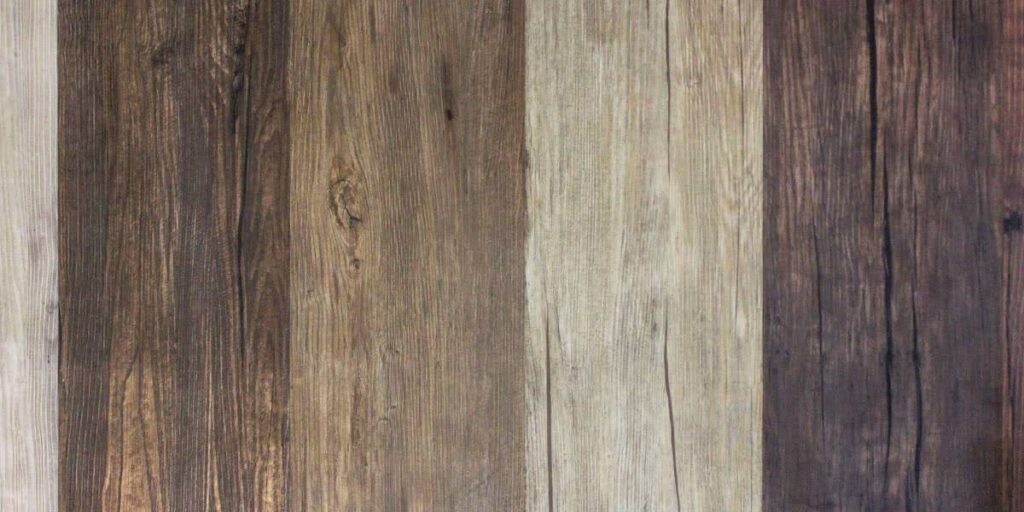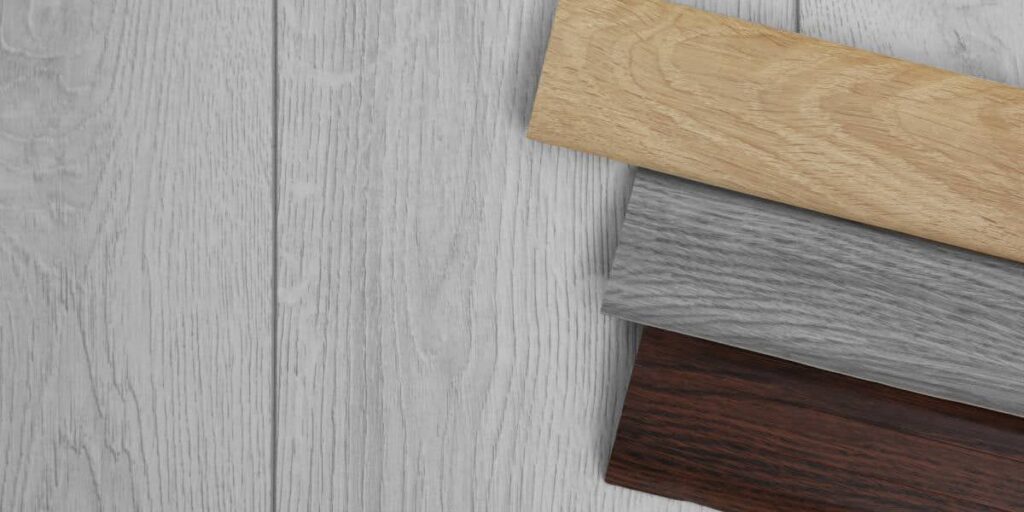Ever wondered how interior designers create those captivating spaces that just seem to effortlessly blend different elements? It’s like watching a masterful dance where every step is perfectly choreographed, resulting in rooms that exude charm and sophistication. One such challenge that designers and homeowners often face is integrating two different wood floors. Whether you’re renovating a commercial property or enhancing your residence, mastering the art of transitioning between two distinct wood floorings can elevate the overall aesthetic appeal of the space. Join us as we delve into the nuances of harmonizing two different wood floors meeting, exploring practical tips and techniques to achieve a flawless transition.
Two Different Wood Floors Meeting: Understanding the Challenge
Two different wood floors meeting is a design challenge that demands meticulous attention to detail and a deep understanding of various factors that influence cohesion within a space. Let’s delve into the key considerations that designers and homeowners must keep in mind:
1. Wood Species and Characteristics
The type of wood species used in flooring significantly impacts the overall aesthetic and compatibility between two different wood floors. Different species exhibit varying grain patterns, color tones, and hardness levels, which can influence the transition process. For instance, transitioning between oak and maple requires a nuanced approach due to their distinct appearances and characteristics.
According to a study published in the Journal of Wood Science, the chemical composition and structural properties of different wood species contribute to variations in color, texture, and durability. Understanding these inherent differences is essential for achieving a seamless transition between disparate wood floors.
2. Color and Grain Pattern
Consistency in color and grain pattern is vital for creating a harmonious transition between two different wood floors meeting. A sudden shift in color or grain can disrupt the visual flow and detract from the overall design scheme. Designers often rely on complementary color schemes or gradual transitions to ensure continuity between adjacent wood flooring areas.
Research conducted by the Forest Products Laboratory highlights the impact of color and grain patterns on the perception of wood flooring. According to the findings, subtle variations in color and grain can enhance visual interest while maintaining a cohesive transition between different wood floors.
3. Installation Method
The installation method plays a crucial role in determining the feasibility and effectiveness of transitioning between two different wood floors. Whether using traditional nail-down, glue-down, or floating installation techniques, each method offers unique advantages and challenges that influence the transition process.
A comprehensive analysis conducted by the National Wood Flooring Association (NWFA) emphasizes the importance of proper installation techniques in achieving seamless transitions. Improperly installed transition pieces or inconsistent flooring heights can compromise the integrity of the transition and lead to unsightly gaps or uneven surfaces.
4. Environmental Factors
Environmental factors such as humidity levels, temperature fluctuations, and subfloor conditions can impact the stability and longevity of wood flooring transitions. Moisture-related issues, in particular, pose significant challenges and must be addressed through proper subfloor preparation and moisture mitigation strategies.
According to a report by the Building Research Establishment (BRE), maintaining optimal indoor environmental conditions is essential for preserving the structural integrity and appearance of wood flooring. Implementing moisture barriers, adequate acclimation periods, and climate control measures can mitigate the risk of dimensional changes and ensure the long-term performance of transitioned wood floors.
In summary, transitioning between two different wood floors meeting requires a comprehensive understanding of wood species characteristics, color and grain patterns, installation methods, and environmental factors. By addressing these key considerations with precision and expertise, designers and homeowners can achieve seamless transitions that enhance the overall aesthetic appeal and functionality of interior spaces.
How to Transition Between Two Different Wood Floors
If you are wondering how to transition between two different wood floors, you should know that successfully transitioning between two different wood floors requires careful planning and execution to ensure a seamless integration of disparate elements. Here’s an in-depth guide on the paramount factors and techniques for achieving flawless transitions:
1. Evaluate Wood Species and Characteristics
Before embarking on the transition process, it’s crucial to thoroughly assess the characteristics of each wood floor, including species, color variations, grain patterns, and surface textures. Understanding these attributes will inform your transition strategy and guide the selection of appropriate transition materials.
For example, if transitioning between oak and maple flooring, take note of any variations in grain pattern and color tone. Identifying similarities and differences between the wood floors will help determine the most effective transition approach.
2. Choose the Right Transition Method
Selecting the appropriate transition method is essential for achieving a seamless transition between two different wood floors. Depending on factors such as height difference and design preferences, various transition options are available, including:
- T-Molding: Ideal for transitioning between two floors of equal height, T-molding creates a clean, flush transition between wood floors in adjoining rooms.
- Threshold Molding: Used to transition between wood floors of different heights or between wood and other flooring materials, threshold molding provides a smooth transition while covering the gap between surfaces.
- Flush Reducers: Designed to reduce the height difference between two floors, flush reducers offer a subtle transition that minimizes tripping hazards and maintains visual continuity.
- Overlap Reducers: Similar to flush reducers, overlap reducers are used to reduce height differences between floors, but they feature a more pronounced lip that overlaps the lower floor, ensuring a secure fit.
Carefully consider the aesthetic and functional requirements of your space when choosing the appropriate transition method to achieve the desired visual impact.
3. Blend Colors and Finishes
In cases where significant differences in color or finish exist between the two wood floors, blending techniques can help create a cohesive transition. Consider staining or painting transition pieces to match the dominant wood tone, ensuring a seamless flow between the floors.
By harmonizing colors and finishes, you can minimize visual disruptions and create a unified design scheme that enhances the overall aesthetic appeal of the space.
4. Opt for Custom Solutions
In instances where standard transition pieces do not meet your design requirements, explore custom transition solutions tailored to your specific needs. Custom transitions allow for seamless integration between two different wood floors while addressing any unique challenges posed by the transition area.
Work closely with experienced flooring professionals to design and fabricate custom transition pieces that seamlessly blend with the surrounding flooring materials, ensuring a flawless transition that enhances the overall design integrity.
5. Ensure Precision Installation
Achieving a seamless transition between two different wood floors requires precise installation of transition pieces and meticulous attention to detail. Entrust the transition process to experienced flooring professionals who possess the expertise and craftsmanship to execute flawless transitions.
From accurate measurements to precise cutting and fitting, every step of the installation process plays a crucial role in achieving a seamless transition. By working with skilled professionals, you can ensure that the transition between disparate wood floors meeting is executed with finesse and precision.
By following these paramount factors and techniques, you can overcome the challenge of two different floors meeting with finesse and precision, resulting in a harmonious design scheme that enhances the overall visual appeal of your space. For expert guidance and professional assistance with your flooring transition needs, contact East Coast Flooring & Interiors today.
Interior Design Case Studies and Expert Insights
To gain further inspiration and insight into transitioning between two different wood floors, let’s explore a couple of exemplary case studies and expert opinions from renowned interior designers:
Case Study: The Modern Office Space
In a recent commercial renovation project, interior designer Sarah Johnson faced the task of integrating two distinct wood flooring types in a modern office space. By incorporating custom transition pieces crafted from reclaimed wood sourced from the same supplier, Sarah achieved a seamless transition between the polished oak flooring of the reception area and the rustic hickory flooring of the conference room. The custom transitions not only bridged the stylistic gap but also served as focal points, adding character to the space.
Expert Opinion: Designing for Cohesion
According to interior design expert Emily Davis, transitioning between different wood floors is all about creating visual cohesion while preserving the distinct character of each flooring type. “Blend transitional spaces seamlessly by echoing elements from both flooring types,” advises Emily. “Incorporate decorative motifs or patterns that appear in both wood floors to establish a sense of continuity.”
Two Different Wood Floors Meeting: Achieving Seamless Transitions
In the realm of interior design, mastering the art of two different wood floors meeting is essential for creating cohesive and visually appealing spaces. By understanding the nuances of wood species, selecting appropriate transition methods, and prioritizing precision installation, you can achieve seamless transitions that elevate the overall design aesthetic. Whether you’re renovating a commercial property or enhancing your home, harmonizing two disparate wood floors is a testament to the artistry and craftsmanship inherent in interior design.
For expert guidance and professional assistance with your flooring needs, contact East Coast Flooring & Interiors today. Let us help you transform your space with high-quality flooring solutions tailored to your unique vision and style.
Contact us for more information or schedule a consultation with our team of flooring experts.

